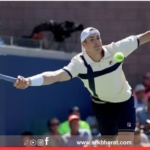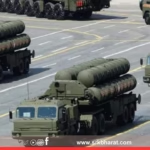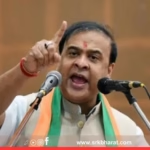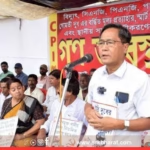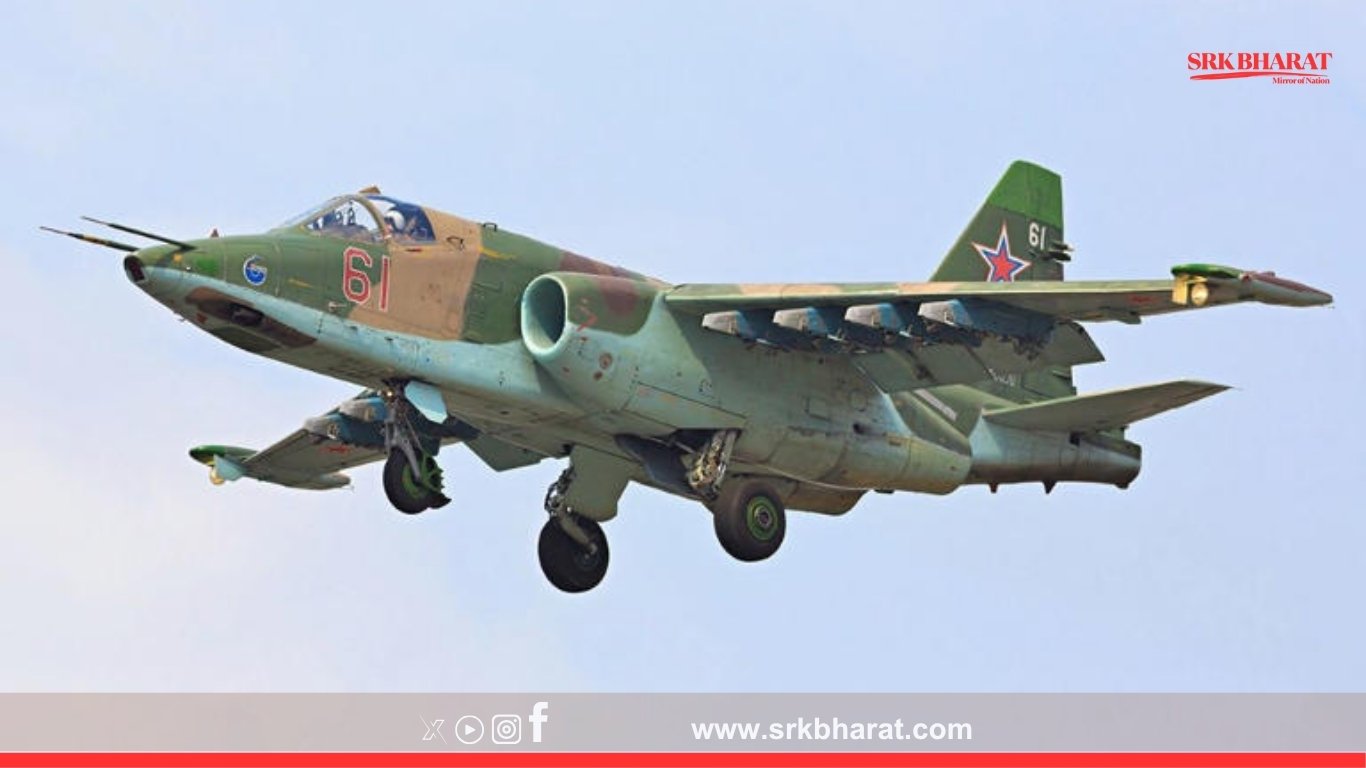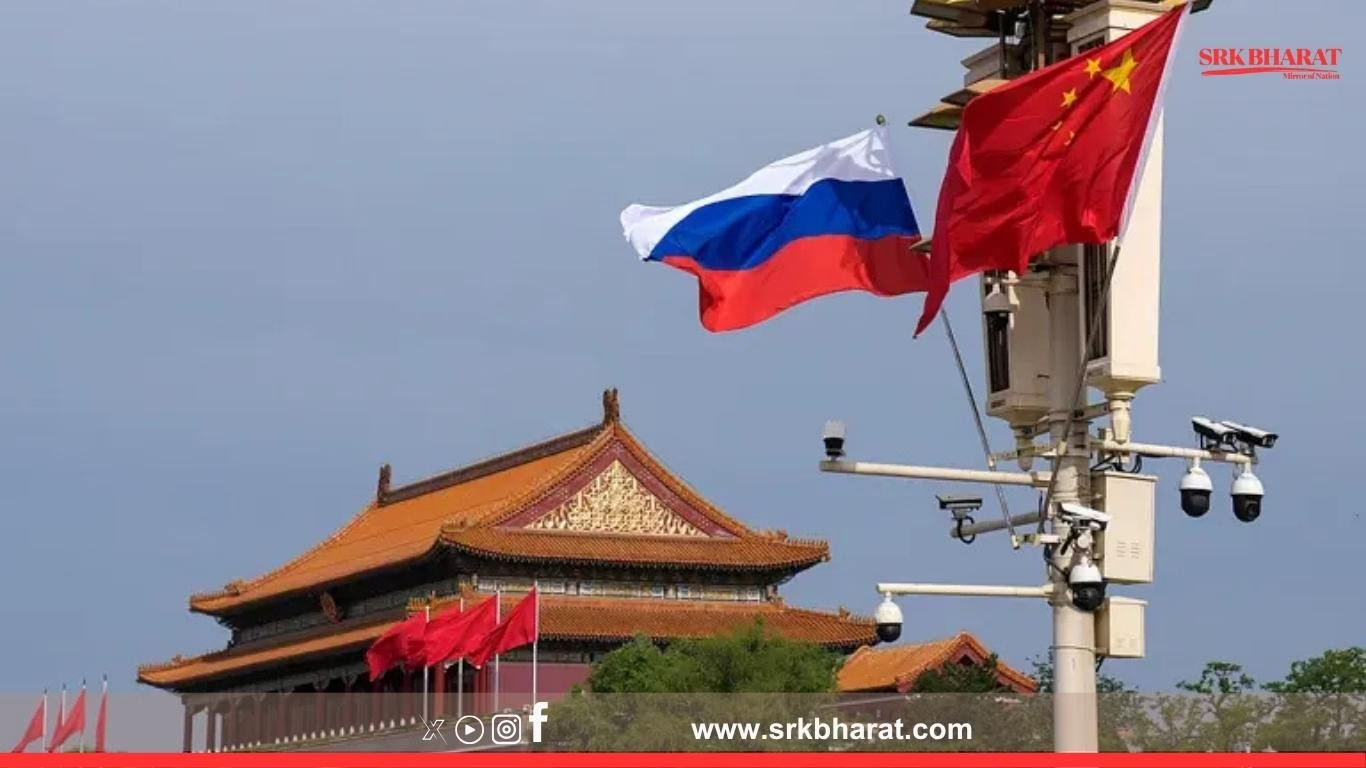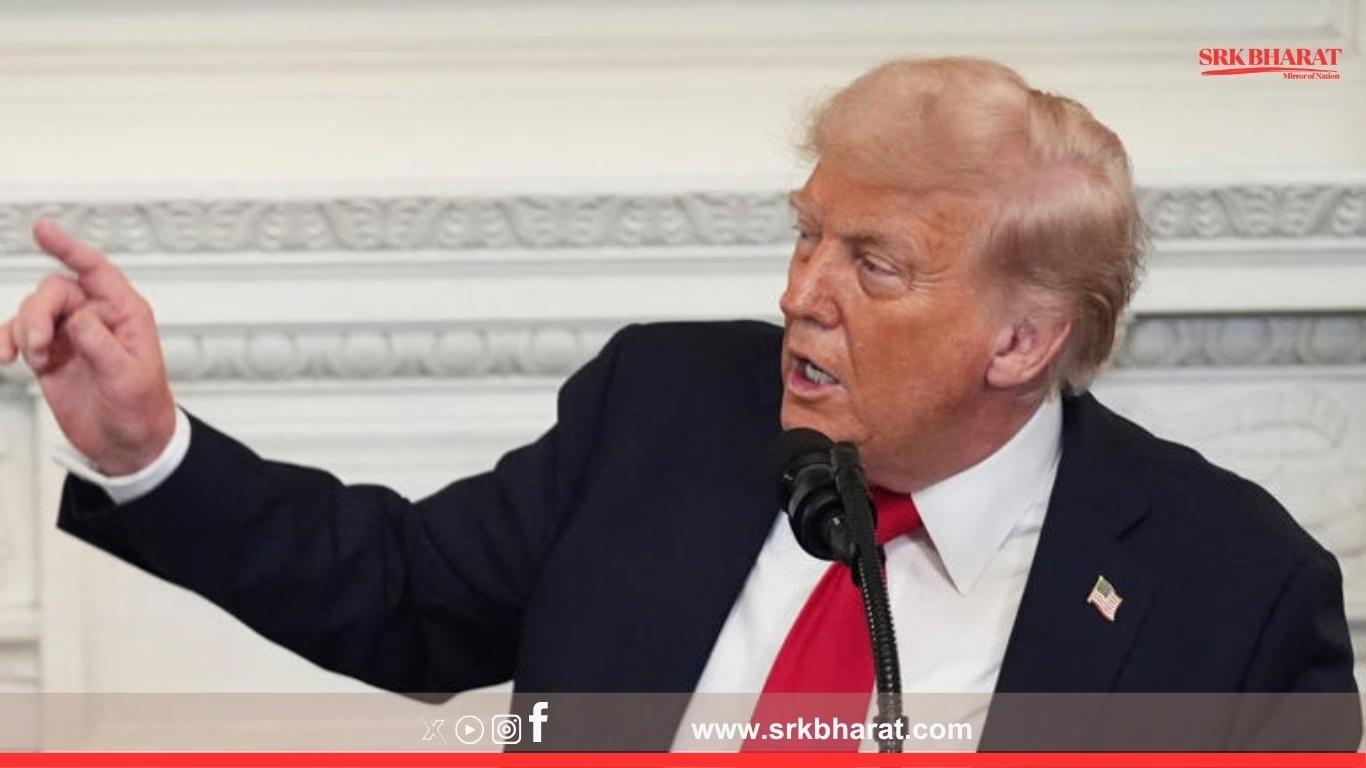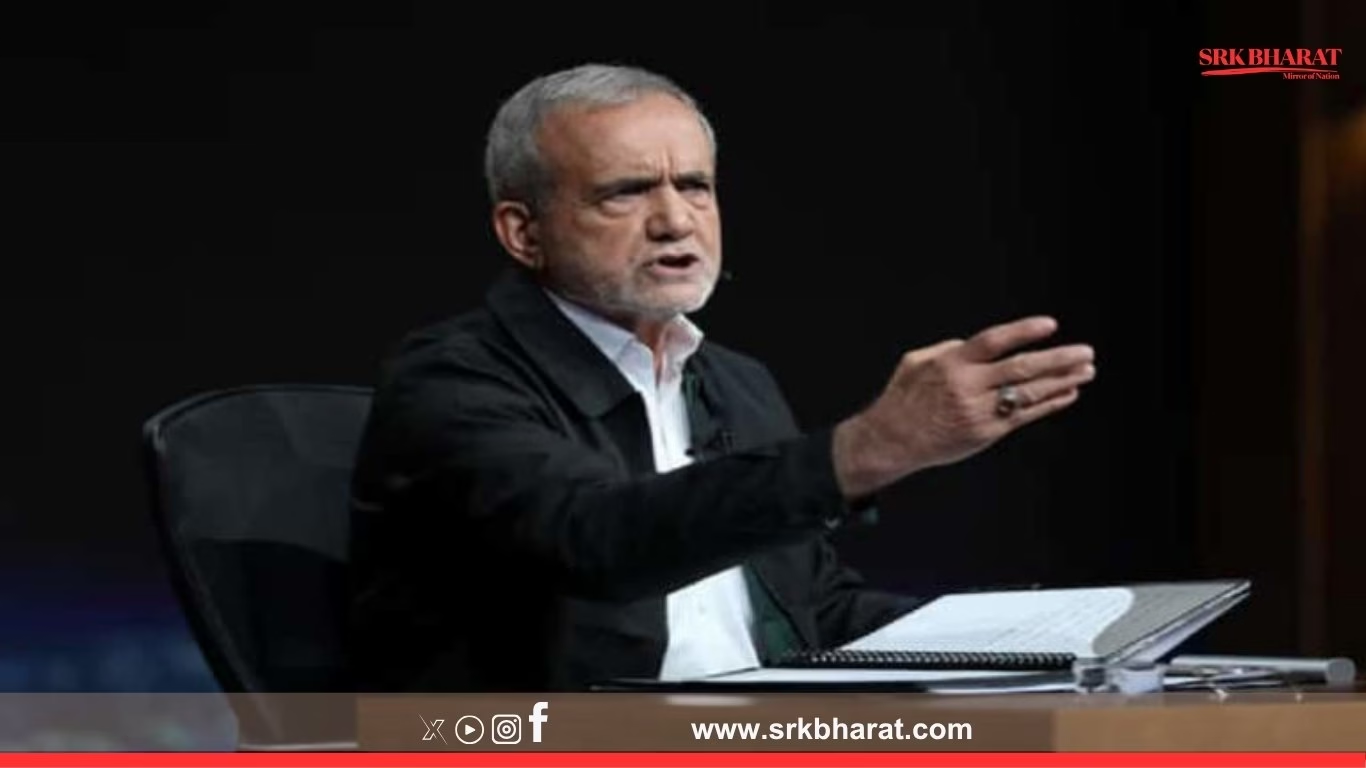Russia has managed to smuggle over $1.2 billion worth of Western-made aircraft parts since the imposition of sweeping sanctions in 2022 following its invasion of Ukraine. Despite aggressive export bans intended to cripple its aviation sector, the country has leveraged complex global networks to sustain its fleet of Boeing and Airbus aircraft, highlighting glaring loopholes in the enforcement mechanisms of Western sanctions.
The Scale of Smuggling Operations
Investigations by international agencies reveal that more than 4,000 cargo shipments of aircraft components have reached Russian airlines between early 2022 and late 2024. These parts include essential cockpit electronics, engine spares, landing gear assemblies, and avionics systems, all of which are critical for maintaining the airworthiness of commercial aircraft.
Key Smuggling Routes and Intermediaries
| Route | Estimated Value | Key Details |
|---|---|---|
| China to Russia | $52 million | Via intermediary trading firms for Boeing/Airbus spares |
| UAE to Russia | Nearly €1 billion | Over 4,000 shipments re-routed via Dubai and Sharjah logistics hubs |
| India to Russia | $50 million | Over 700 cargoes channelled by private aviation firms |
| Moldova to Russia | $15 million | Utilised regional aviation spare part dealers |
How Russia Circumvented Sanctions
- Third-Party Countries as Hubs
Russian importers set up proxy buyers in countries not directly enforcing US or EU aviation sanctions, including Turkey, UAE, China, India, Moldova, Kyrgyzstan, and Tajikistan. - Repackaging and Re-labelling
Items were re-labelled to conceal final destinations, entering Russia as shipments bound for non-restricted users. - Hand-Carried Imports
Small yet essential avionics were carried in passenger luggage or diplomatic consignments to avoid customs scrutiny. - Cannibalisation of Aircraft
Older grounded aircraft were dismantled for usable components to keep operational fleets flying.
Safety and Operational Risks for Russia
While these tactics have prolonged Russia’s commercial aviation operations, experts warn of:
- Rising maintenance and safety risks due to a shortage of manufacturer support and certified replacements
- Increasing in-flight technical failures reported in Russian aviation records
- Groundings caused by lack of certified part replacements, resulting in route cuts and flight cancellations
Maintaining Western Aircraft Fleets
Despite sanctions, major Russian airlines such as Aeroflot, Rossiya, and Ural Airlines have retained a significant portion of their fleets:
- 467 Boeing and Airbus jets remain operational as of mid-2025
- This is a reduction from over 544 aircraft reported in 2023
- Airlines rely on cannibalised parts, grey-market imports, and state subsidies to cover operational losses
Government Financial Support
The Russian government allocated substantial funds to stabilise the aviation sector:
| Year | Government Support (Approximate) |
|---|---|
| 2022 | €2.7 billion |
| 2023 | €770 million |
These funds were used to maintain fleet readiness, keep routes functional, and cover penalties arising from contractual defaults due to sanctions.
Exposure of Indian and Global Intermediary Firms
Investigations revealed involvement of several Indian companies engaged in the procurement and export of aircraft spare parts to Russia, despite public policy neutrality. Similarly, intermediary firms in UAE, Turkey, and Moldova facilitated hidden procurement and re-export to Russia.
Additionally, a Kansas-based US businessman pleaded guilty in January 2024 for illegally exporting sanctioned aircraft parts to Russia via UAE and Turkey, underscoring weak enforcement in global supply chains.
Geo-Political and Regulatory Implications
- Western authorities accuse UAE, India, Turkey, and Moldova of serving as critical loopholes in the sanctions regime.
- Multiple new export controls have been introduced to close these routes, including blacklisting of identified firms.
- Ongoing investigations seek to dismantle these networks, but experts believe newer proxy firms are likely to emerge in other jurisdictions.
Russia’s Push for Domestic Aviation Independence
Amid increasing difficulties, Russia is advancing domestic aerospace manufacturing:
- PD-8 and PD-14 Engine Programmes
Indigenous engines for Superjet and MC-21 aircraft are undergoing integration and certification. - Superjet 100 Russification
Recent successful flights were conducted with 40% localised components, a jump from less than 20% in early 2022. - MC-21 Production
Despite Western withdrawal, the flagship narrow-body project continues with domestic avionics integration.
However, full-scale replacement of imported parts remains a challenge due to technology gaps and absence of global certification.
Expert Analysis
According to international sanctions specialists, “Russia has showcased impressive adaptability in bypassing restrictions. But the growing safety risks and inability to replenish sophisticated electronics will force eventual fleet reductions unless domestic capacity scales up rapidly.”
Future Outlook
- Russia is expected to continue smuggling operations via newer proxy networks, as long as international enforcement remains fragmented.
- Western nations are likely to tighten secondary sanctions on intermediary firms in Asia, Eastern Europe, and West Asia.
- Domestic manufacturing will fill some gaps, but critical high-technology imports remain essential for safe operations of Boeing and Airbus aircraft.
Conclusion
The revelation that Russia smuggled over $1.2 billion in aircraft parts despite tight global sanctions exposes systemic weaknesses in enforcement frameworks. It also underlines the resilience of Russian procurement networks to maintain a semblance of normalcy in its aviation industry while simultaneously highlighting major safety, operational, and geopolitical risks for the country’s civil aviation future.


